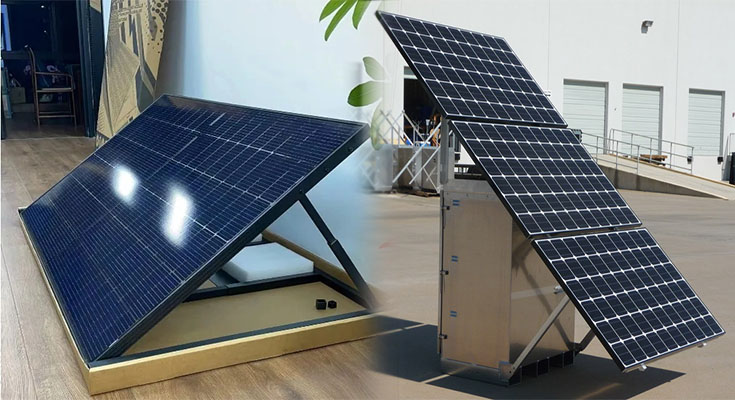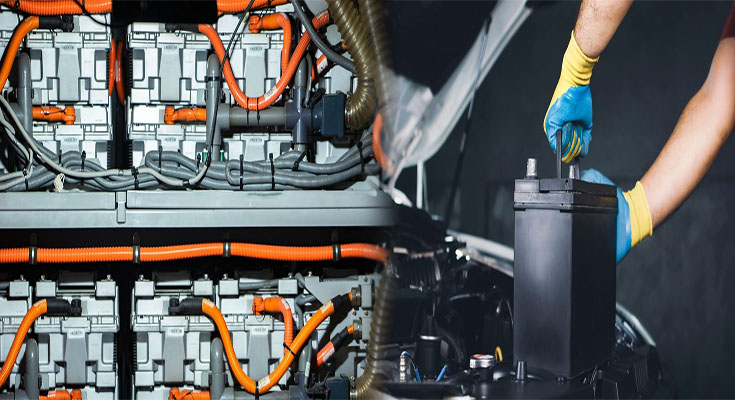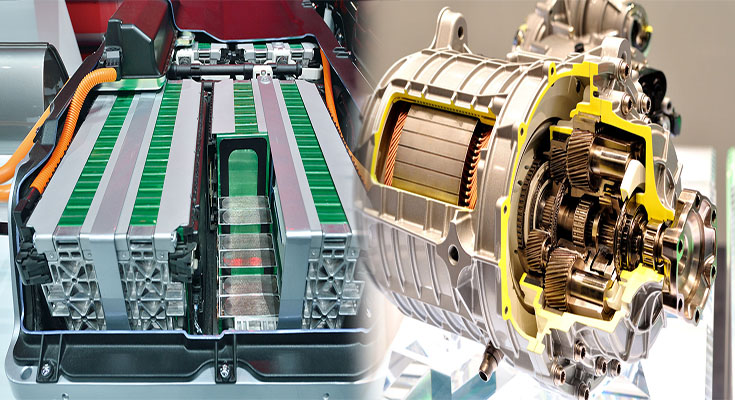
Off-Grid Home Energy Independence with Solar Battery Backup: Embracing Sustainability and Resilience
In a world of increasing energy demands and environmental concerns, off-grid home energy systems have gained significant popularity. One such system that offers both sustainability and resilience is the combination of solar panels and a battery backup. This powerful duo allows homeowners to achieve energy independence, even without a connection to the grid. In this article, we delve into the concept of off-grid home energy independence with solar battery backup and highlight its numerous advantages.
Understanding Off-Grid Home Energy Systems
Off-grid home energy systems, as the name suggests, are independent energy solutions that allow homeowners to generate and store their own electricity without relying on the power grid. Typically, these systems consist of solar panels that convert sunlight into usable energy, and a battery backup that stores excess energy for later use when the sun is not shining. This combination enables homeowners to meet their energy needs consistently, day or …
Off-Grid Home Energy Independence with Solar Battery Backup: Embracing Sustainability and Resilience Read More




